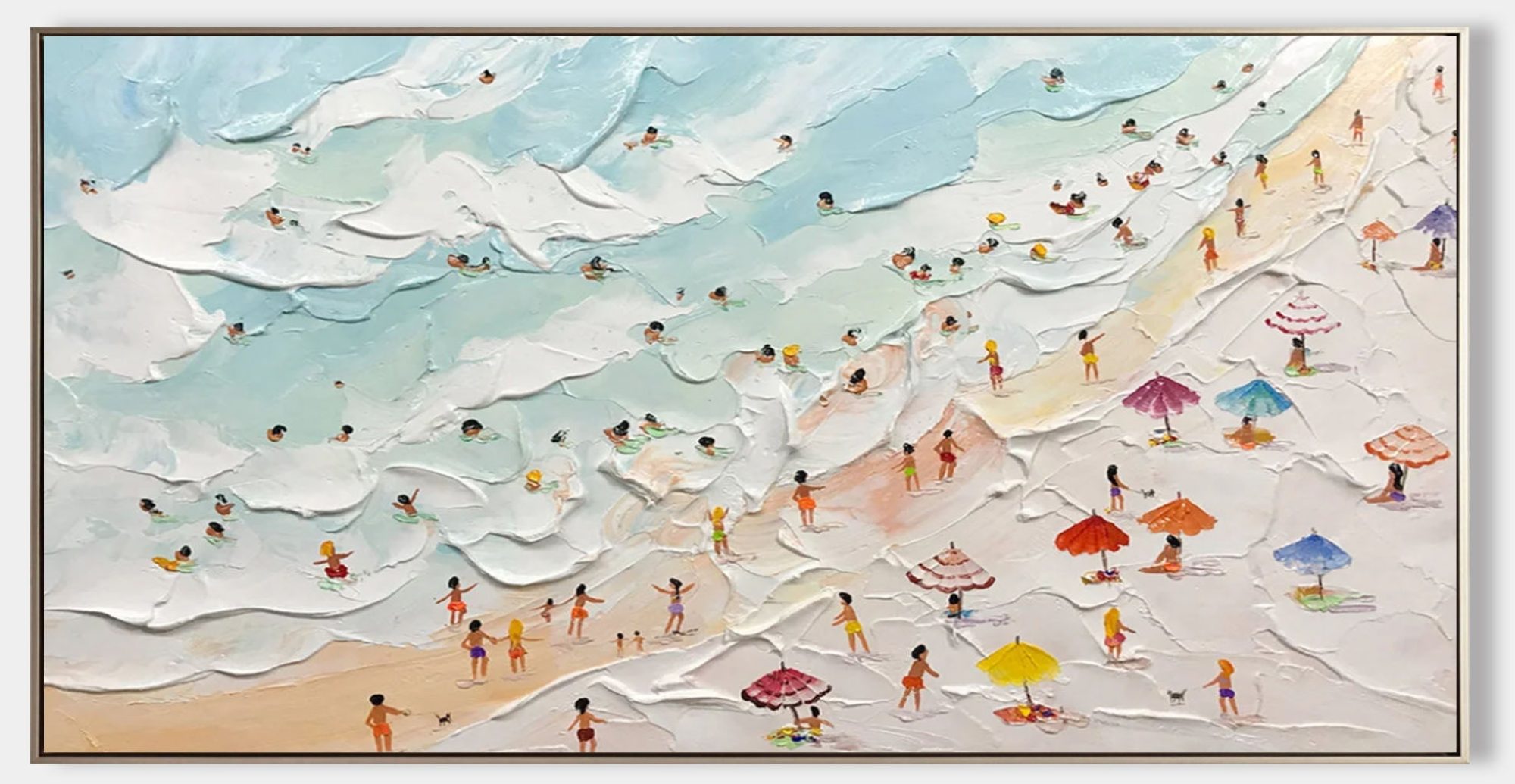Lavender might look complicated, but trust me—it’s one of the most calming and satisfying flowers to paint. With those soft purple tones and tall, skinny stems, lavender paintings are perfect for adding a breezy, peaceful vibe to your artwork or your wall. And the best part? You don’t need to be a professional to get it right.
In this guide, I’ll walk you through how to paint lavender step-by-step, even if you’re just starting out. Let’s make it fun, simple, and totally do-able.
Why Lavender Is Great for Beginners
Lavender’s repeating shapes and soft color palette make it an excellent starting flower. You don’t have to stress about perfect symmetry or crazy details. The goal is to capture the essence of lavender—not every single floret.
This flower also pairs beautifully with minimal decor. A lavender painting can brighten up your living space and give it a calm, cozy vibe. Want to see examples? Check out OKarty.com, where you’ll find floral oil paintings, including soft lavender pieces that are perfect for inspiration.
Step 1: Start with a Simple Stem Sketch
No need to overthink. Grab a pencil and sketch a few curved vertical lines. These will be your stems. Keep them loose and flowing—lavender grows in a slightly irregular, natural way.
At the top of each line, draw small, layered oval or teardrop shapes stacked on top of each other. These will be the flower heads.
Don’t worry if the shapes are messy—they’ll get covered with paint soon.
Step 2: Choose the Right Colors
Lavender isn’t just one shade of purple. You’ll need:
- Light lavender or lilac
- Medium purple
- A touch of deep violet
- Soft green or sage for the stems and leaves
Mix a tiny bit of white into your purple paint to create variations. This will help you build depth later on.
Step 3: Apply the Base Color
Start dabbing the light purple paint on the flower areas with a small round brush. Use a tapping motion rather than long strokes. You’re aiming to mimic the tiny, clustered petals of the lavender buds.
Once that layer dries a bit, go in with your medium and dark purples to add shadow and contrast. Use the deeper tones toward the base of each flower stalk to make them pop.
Step 4: Paint the Stems and Leaves
For the stems, mix a muted green and use a thin brush to follow your original sketch lines. Add a few slim leaves along the sides—nothing too fancy. They should be narrow, pointed, and angled slightly upward.
You can even let your brush run a little dry to create a more rustic, textured feel—perfect for lavender!
Step 5: Add Final Highlights and Touches
To finish your piece:
- Use a bit of white mixed with your lightest purple to highlight the tops of the buds.
- Add a second layer of stems or leaves if you want more fullness.
- Paint a soft, blurred background if you want your lavender to really stand out.
Displaying Your Lavender Masterpiece
Once dry, your lavender painting is ready to hang! Whether you frame it or leave it on canvas, this gentle flower adds a peaceful, elegant touch to any room.
Lavender art is especially lovely in bedrooms, bathrooms, or quiet reading nooks. If you’d like to explore high-quality oil paintings in this style, I highly recommend browsing okarty.com. Their selection of floral and textured abstract pieces fits right in with cozy or minimalist interiors.
